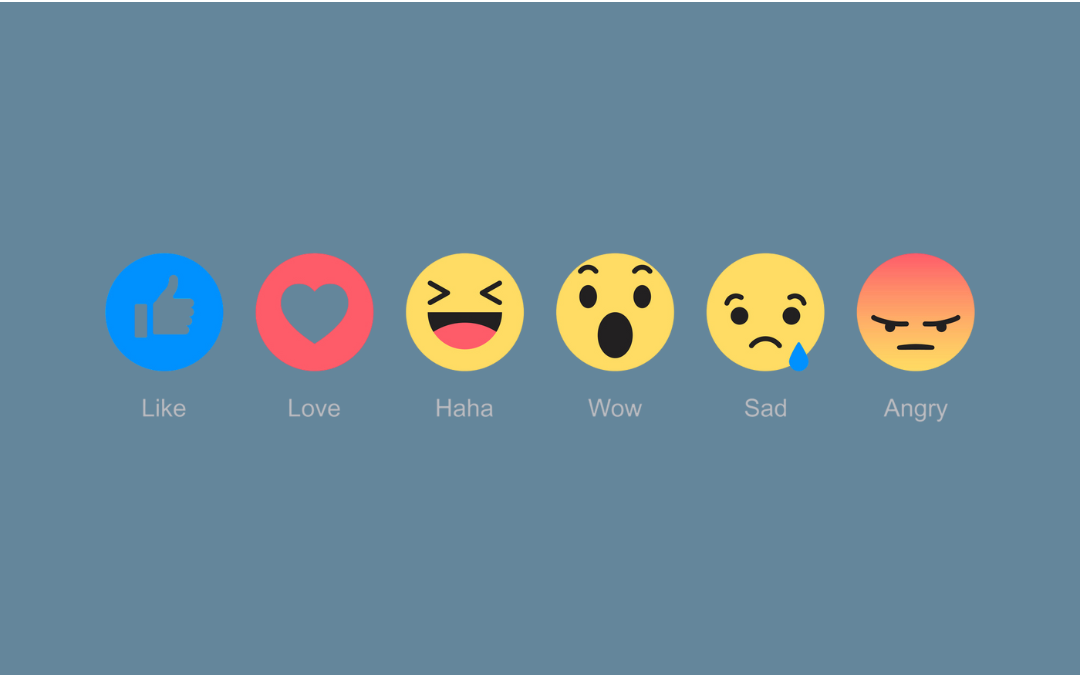Once upon a time, there was only “Like.” A simple thumbs-up ruled our online interactions. But in 2016, Facebook introduced reactions: Love, Haha, Wow, Sad, and Angry, and quietly changed the emotional depth of digital connection.
Now, instead of just acknowledging content, we respond to it. These tiny icons give users more nuanced ways to engage and that’s had a big impact on how communities communicate online.
Reactions help shape tone. A post flooded with “Love” feels warm and affirming. “Haha” turns a moment into a shared joke. “Angry” can signal collective frustration or protest. Together, these responses don’t just reflect emotion, they build it. Communities start to mirror the tone they receive, reinforcing connection, empathy, and even outrage.
For digital community managers, reactions are a powerful insight tool. They offer quick emotional feedback: Is your audience moved, amused, or mobilized? They also guide conversation as users are more likely to comment or share when they feel emotionally seen.
But it goes deeper. Emotional reactions make online spaces feel more human. They allow us to respond like we would in real life: with laughter, concern, or passion. This emotional mirroring creates stronger bonds, builds trust, and makes people feel like more than just followers, they feel part of something.
So yes, we may still “Like” a lot of posts but when we Love something, it shows. And in a world where digital communities are often the heart of social connection, those little emoji reactions are doing a lot more heavy lifting than we think.


